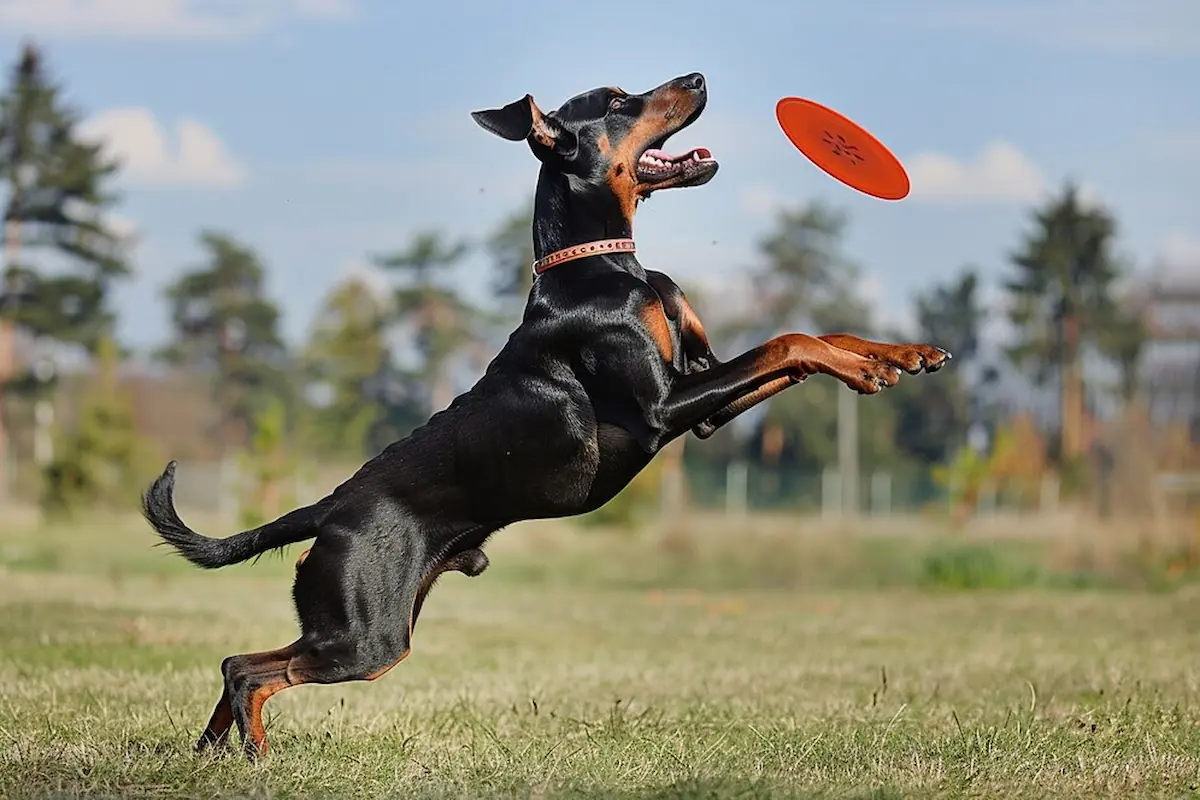Dog Behavior Training
1. Introduction
When it comes to living harmoniously with your furry best friend, training is non-negotiable. Training not only makes your life easier but also helps your dog thrive in a structured environment. Whether you’re raising a rambunctious puppy or trying to correct bad habits in an older dog, behavior training is the key to a peaceful and joyful relationship with your dog.
2. Why Is Dog Behavior Training Important?
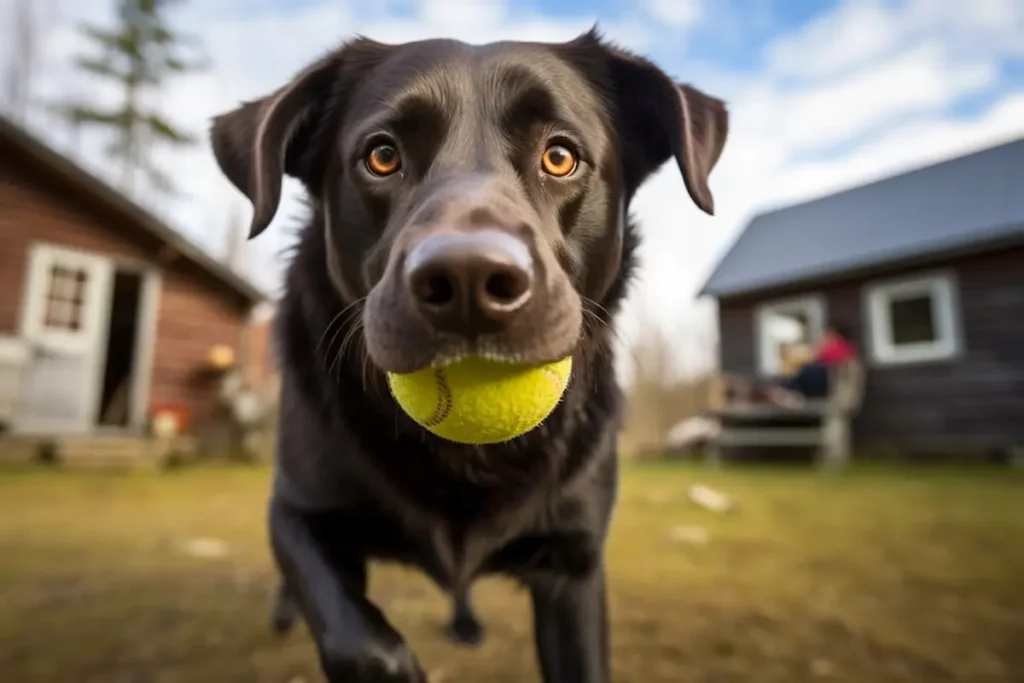
Why bother with dog behavior training? Well, it’s more than just teaching your dog tricks. Proper training ensures your dog is well-mannered, reduces the likelihood of behavioral issues, and builds a stronger bond between you and your pup. Think of it as a way to speak a shared language with your dog. Plus, a well-behaved dog can safely explore more of the world with you, from outdoor adventures to family gatherings.
Related: Effective Tips for Training Aggressive Dogs
3. Understanding Your Dog’s Behavior
Before you dive into training, it’s important to understand why your dog behaves the way they do. Dogs are naturally pack animals and look to you for guidance. Their instincts drive many behaviors, from guarding territory to digging holes in the backyard. But here’s the kicker: not all of those instincts fit neatly into our human world. By understanding their perspective, you’ll know how to better guide them toward the behaviors you want.
4. Common Behavioral Problems in Dogs
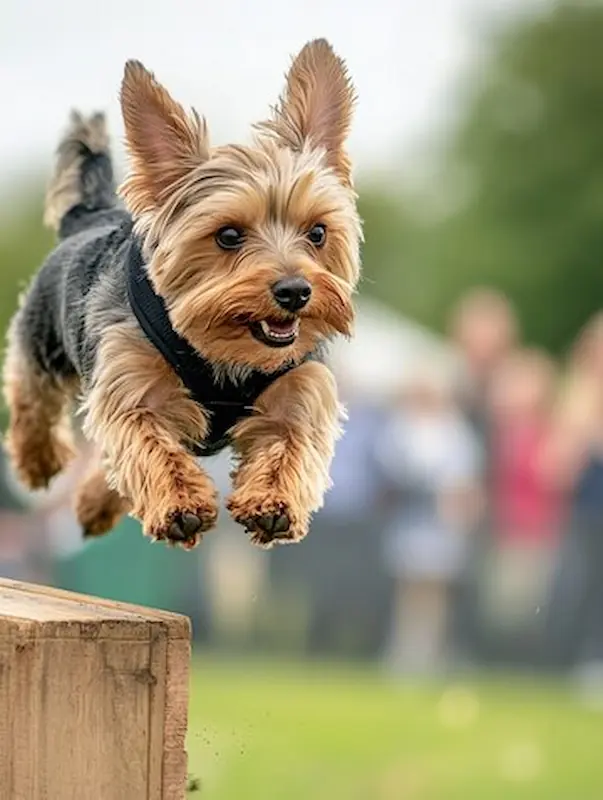
Every dog has its quirks, but there are a few behavioral problems that seem to pop up more frequently. These include:
- Excessive Barking: Barking can be a form of communication, but sometimes it gets out of hand.
- Chewing: Whether it’s shoes or furniture, dogs often chew out of boredom or anxiety.
- Jumping on People: Your dog may be excited, but it’s important to curb this behavior.
- Aggression: Aggression toward other dogs or humans is a serious issue that needs immediate attention.
5. The Role of Positive Reinforcement
When it comes to dog behavior training, positive reinforcement is your secret weapon. This training method focuses on rewarding good behavior rather than punishing bad behavior. Why does it work so well? Dogs, like humans, are motivated by rewards. Whether it’s a treat, praise, or a belly rub, positive reinforcement encourages them to repeat the desired action.
Related: Advanced Dog Training Commands for Better Behavior
6. Setting Realistic Expectations for Training
Rome wasn’t built in a day, and neither is a perfectly behaved dog. Training takes time, patience, and lots of consistency. Be prepared for setbacks and understand that each dog is different. Your pup won’t learn everything overnight, but with persistence, you’ll see steady progress.
7. Basic Commands Every Dog Should Know
Before diving into complex tricks, make sure your dog masters the basics. Here are the foundational commands every dog should know:
- Sit: Probably the most common command, and for a good reason—it’s simple but effective.
- Stay: This command teaches your dog self-control and is crucial in many situations.
- Come: Essential for off-leash play and emergencies.
- Leave It: A lifesaver when your dog’s curiosity leads them toward something dangerous.
8. How to Train Your Dog to Sit
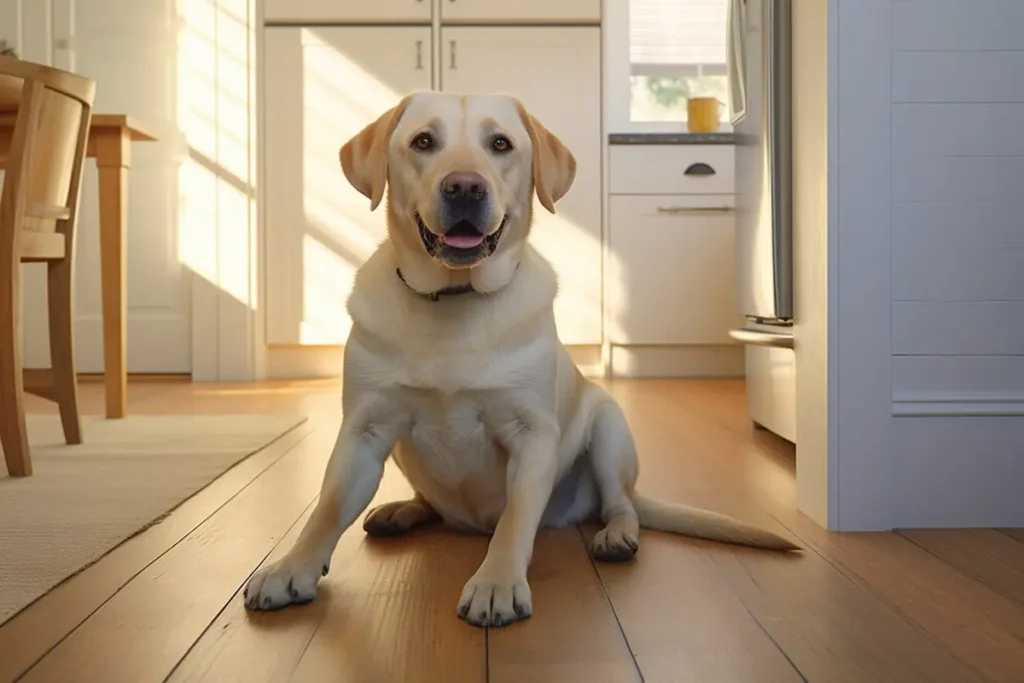
Ready to teach “sit”? Here’s a step-by-step guide:
- Hold a treat close to your dog’s nose.
- Slowly move your hand upward, causing their head to follow the treat and their bottom to lower.
- Once they’re in the sitting position, say “sit,” give them the treat, and show affection.
- Repeat this sequence a few times every day until they master it.
9. Teaching Your Dog to Stay
Teaching “stay” requires patience, but it’s an invaluable command. Start by asking your dog to sit, then open your palm in front of them and say “stay.” Take a step back, and if they stay, reward them. Gradually increase the distance and duration. Remember, consistency is key!
Related: Essential Puppy Training Guide for New Pet Owners
10. Handling Problem Behaviors
What about those inevitable problem behaviors? Here’s how to tackle a few of the big ones:
- Barking: Use the “quiet” command paired with positive reinforcement when they stop barking.
- Chewing: Redirect their chewing to appropriate toys and praise them when they use them.
- Jumping: Ignore them when they jump, and only give attention when all four paws are on the ground.
11. Socializing Your Dog with Other Dogs and People
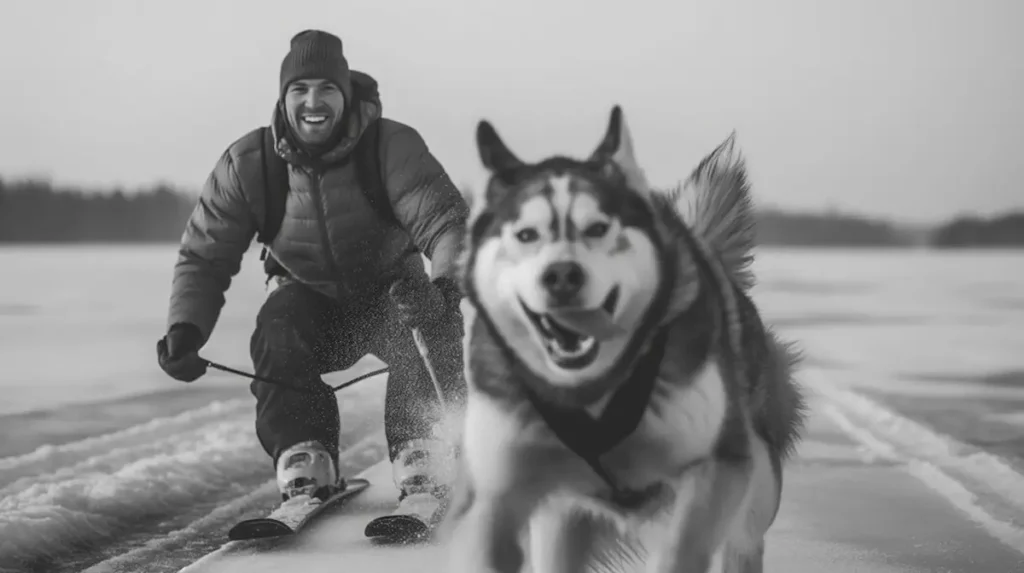
Socialization is crucial to prevent your dog from developing anxiety or aggression. Start exposing your dog to other dogs, people, and new environments early on. Keep the encounters positive and controlled, rewarding your dog for calm behavior.
12. Consistency is Key: How to Stay on Track
The golden rule of dog behavior training? Consistency. If you let your dog get away with bad behavior once, it confuses them. Make sure everyone in your household is on the same page with commands and rewards.
13. Using Treats vs. Praise: Which Works Better?
Every dog is different. Some respond better to treats, while others just want a good belly rub. Experiment with both and see what motivates your dog more. Just be mindful of overfeeding with treats to avoid weight gain!
14. Advanced Training Techniques

Once your dog masters the basics, you can move on to advanced training. This can include tricks like “roll over,” “shake hands,” or even more practical tasks like fetching specific items or helping with tasks around the house.
15. How Long Does It Take to Train a Dog?
The time it takes to train a dog depends on several factors: age, breed, and personality. Puppies generally learn faster, but older dogs can absolutely learn new tricks too. It’s important to be patient and celebrate small victories.
16. Conclusion
Dog behavior training is about building a better relationship with your dog. It requires patience, consistency, and a lot of love, but the rewards are worth it. A well-trained dog is happier, healthier, and a true joy to have as part of your family.
FAQs
1. Can older dogs still be trained?
Yes, older dogs can definitely be trained! While it may take a bit longer, with patience and consistency, they can learn new behaviors.
2. How long should training sessions be?
Keep training sessions short, around 10-15 minutes, to avoid overwhelming your dog.
3. What should I do if my dog isn’t responding to training?
Try switching up your rewards. If treats aren’t working, try using toys or extra playtime as motivation.
4. Is it better to train a dog by myself or hire a trainer?
It depends on your dog and your experience. If you’re struggling, a professional trainer can offer guidance and faster results.
5. How soon can I start training my puppy?
You can start basic training as early as 8 weeks old. Puppies are like sponges and can learn quickly with the right approach.

